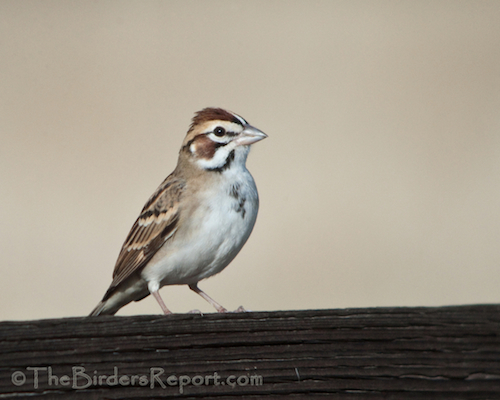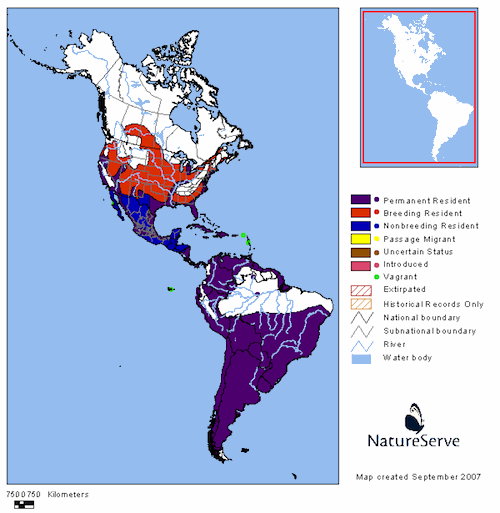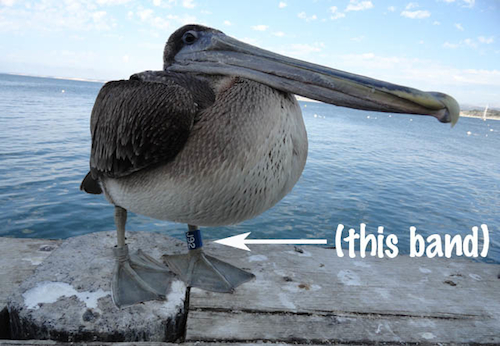 Lark Sparrow (Chondestes grammacus) photo by Larry Jordan
Lark Sparrow (Chondestes grammacus) photo by Larry Jordan
A flock of Lark Sparrows (Chondestes grammacus) await you in my latest West Coast Beat Writer post over at 10000 Birds. Go check them out!
 Lark Sparrow (Chondestes grammacus) photo by Larry Jordan
Lark Sparrow (Chondestes grammacus) photo by Larry Jordan
A flock of Lark Sparrows (Chondestes grammacus) await you in my latest West Coast Beat Writer post over at 10000 Birds. Go check them out!
Black-crowned Night-Heron (Nycticorax nycticorax) Juvenile photos by Larry Jordan (click on photos for full sized images)
I stopped at the Sacramento National Wildlife Refuge a few weeks ago on the way back home from a Northern California Audubon Council meeting in Clear Lake and spotted a few Black-crowned Night-Herons (Nycticorax nycticorax) on the auto tour just before sunset.
This juvenile was hunting from a irrigation outlet right next to the auto tour road which circles this nearly 11,000 acre refuge in the heart of the Sacramento Valley. He or she was so focused on its feeding endeavors that it hardly noticed me just a few yards away.
The adult Black-crowned Night-Heron on the other hand, noticed me right away but apparently did not consider me a threat.
The Black-crowned Night-Heron is the most widespread heron in the world, breeding on every continent except Antarctica and Australia.

You would think that this fact would make them easy to find but not necessarily so. Although widespread and common in North America, its coloration and behavior, as well as its nocturnal and crepuscular (active at twilight) feeding habits, especially outside the breeding season, render it less noticeable than many diurnal herons1.
Our National Wildlife Refuge System makes close encounters with wild birds and other animals like this possible for all Americans and foreign visitors as well. The problem is that our refuges are terribly underfunded and the thousands of acres of lost wetlands that our refuge system attempts to replace are not supplied with the water necessary to support them.
Because of these huge problems with our National Wildlife Refuge System, we will be promoting a solution to this funding dilemma: the Wildlife Conservation Stamp. This stamp would bring a much needed additional source of revenue to these national treasures. More information about this proposal coming soon.
In the meantime, if you as a wildlife or bird watcher were able to support the National Wildlife Refuges by purchasing a Wildlife Conservation Stamp as an alternative to the Duck Stamp purchased primarily by hunters, would you do it?
Think about it as you watch and listen to the sights and sounds of the Sacramento National Wildlife Refuge at sunset.
For more great bird posts and bird photography, check out The Bird D’pot and Wild Bird Wednesday!
References: 1Birds of North America Online
 J92, a juvenile Brown Pelican rehabilitated and released by International Bird Rescue. Photo by Rebecca Dmytryk of WildRescue
J92, a juvenile Brown Pelican rehabilitated and released by International Bird Rescue. Photo by Rebecca Dmytryk of WildRescue
International Bird Rescue has received a record number of Brown Pelicans (Pelicanus magnificens) this year needing rehabilitation. Beginning in 2009, they began putting larger, blue plastic bands on their rescued pelican’s legs for easy identification. And soon, they will be banding their 1,000th blue-banded pelican. Another milestone for International Bird Rescue.
I was privileged to tour this excellent organization’s San Francisco Bay facility in September and I was impressed. These people work tirelessly to save and rehab birds on a large scale.
They need your help now to report any banded birds you may find while on your birding adventures.
Want to get involved? Here are two of the best ways to do so:
1. Look for blue-banded pelicans — at the beach, the piers, or wherever pelicans hang out. It’s fun and you may get to see one or more of the birds that they have cared for. Make sure to catch the band number, then let them know about your sighting at Report a Bird on their website.
2. Become a supporter of International Bird Rescue. Pelicans are extremely costly to rehabilitate and release back into the wild. As the limerick goes, A wonderful bird is the Pelican // His beak can hold more than his belly can. Their staff can attest to this firsthand! These birds consume about half their body weight per day — and the fish bill adds up. Your donation will help ensure that International Bird Rescue’s mission to help pelicans and other aquatic birds in need continues.
You can read the full story on the International Bird Rescue website.
Lewis’s Woodpecker (Melanerpes lewis) photos by Larry Jordan
Lewis’s Woodpeckers (Melanerpes lewis) usually begin their molt in autumn and it can last through the winter. The bird above appears to be molting (click on photos for full sized images).
I noticed that they had returned from their breeding grounds a few weeks ago and were showing up in fairly large numbers among the large oaks along the rural route I take to work each morning.
They have a distinctive plumage and show conspicuous insect hawking behavior from the tree tops, easily seen from the roadway.
These images were taken with my digiscoping setup and I was fortunate to catch this bird as it took off from its perch.
I also shot some video of a couple of Lewis’s Woodpeckers, one foraging, possibly on acorns, in an oak tree and another (the bird pictured in the top photo) that was preening in a snag.
You will hear several other species of birds in the background including the California Quail, Western Scrub-Jay, Northern Flicker, White-breasted Nuthatch and the high pitched chatter of the Lewis’s Woodpecker.
To see more great bird photos, check out The Bird D’pot and Wild Bird Wednesday!
Social Media Connect